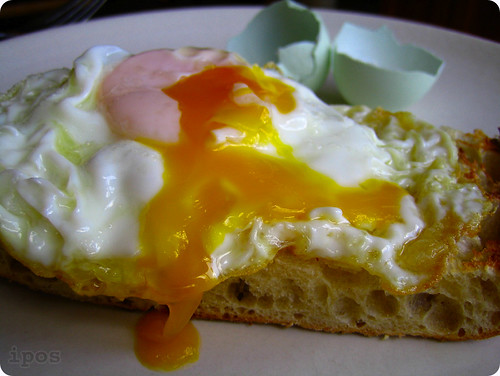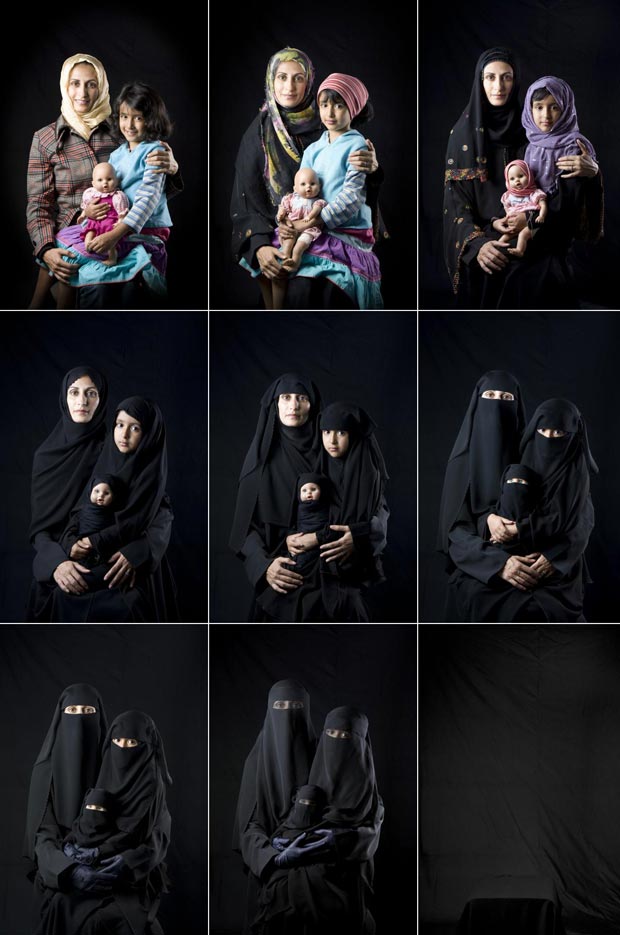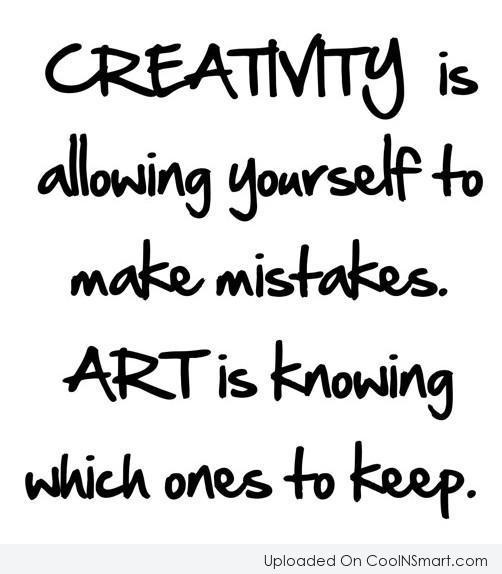IT'S ALL IN THE DETAILS!
I was waiting in the car and a bit bored while my partner and a friend were in the grocery store getting a few supplies. So I started studying people and the cars around me. There was also a big trash truck that had interesting rust and markings. I reached for my little Lumix camera and began to look for interesting shots and angles. I began to see lines, shapes and patterns. As my eyes honed in for details I turned my camera this way and that, then I came in really really close on certain part, what happened was very interesting. I guess it is a way of saying there are no small moments in art. If you train your eye to look as artist do you can see the most amazing things that you miss in every day life. There are amazing colors that are faded my the sun, or darkened by shadow. There are marks, scratches and a rosetta stone of communication on old trucks and pick up trucks. If we just look there are natural and man made compositions everywhere. The study of the shovel on the dump truck is one example. I played with the size, the cropping and the color. I could have also tried black and white devoid of color. And when there is monotones just set off by a red or another bright color it adds emphasis to the composition. In this area of the mountains there are many cultures that peak through, I tried to capture one with the Confederate flag and wolf tag. And lastly reflections, a glass and a mirror offer a double reflection, if you look closely you will see it.
It is just handy to keep a small camera or a sketch book with you at most times within reach. So many times things catch your eye, that never happen again and it is missed. You know those times and say to yourself, " I just wish I had a camera". I am the same way with sound, I would love to gather bits of sound to use in an installation or an interactive sculpture.
 |
| Studies in texture, color, shape, line and shadow can be found anywhere |
 |
The slanting line in this shot was interesting to me contrasted against the
shape of the steering wheel…and |





































